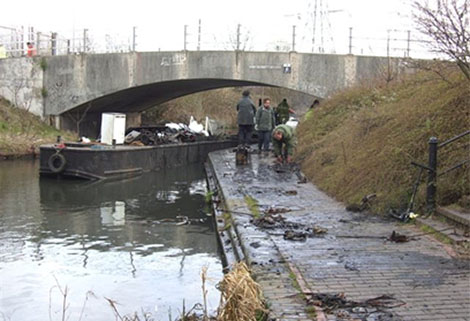

Other finds include human skull fragments with cut marks possibly caused by defleshing, believed to have been part of the burial ritual, and remains such as a hyena’s jaw that simply washed up in front of Van Wingerden during a stroll on a beach near Rotterdam six years ago. A drawing in the exhibition imagines this sharp tool was used as a razor by one to shave another’s head.

Discovered in 2016 by Willy van Wingerden, a nurse, it has helped update the understanding of Neanderthals – once thought to be brutish and simplistic – as capable of precise and complex multi-staged tasks. One such find is a 50,000-year-old flint tool that has a handle made from birch tarpitch. Pretty much the entire toolkit that would have been used has been found by amateur archaeologists.” “It is open to everyone, and anyone could find a hand axe, for example. “We have a wonderful community of amateur archaeologists who almost daily walk these beaches and look for the fossils and artefacts, and we work with them to analyse and study them,” said Van der Vaart-Verschoof. Manmade beaches constructed from material dredged from the sea as part of efforts to protect the modern coastline from the impact of the climate crisis have provided a trove of once-inaccessible treasures from a world inhabited for a million years by modern humans, Neanderthals and even older hominids known has Homo antecessor. But while the last decade has seen a growing number of expensive scientific studies, including a recent survey of the drowned landscape by the universities of Bradford and Ghent offering further clues to the cause of its destruction, it is the work of “citizen scientists” that has produced some of the most exciting artefacts, allowing a full story now to be told, according to Dr Sasja van der Vaart-Verschoof, assistant curator of the museum’s prehistory department.


 0 kommentar(er)
0 kommentar(er)
